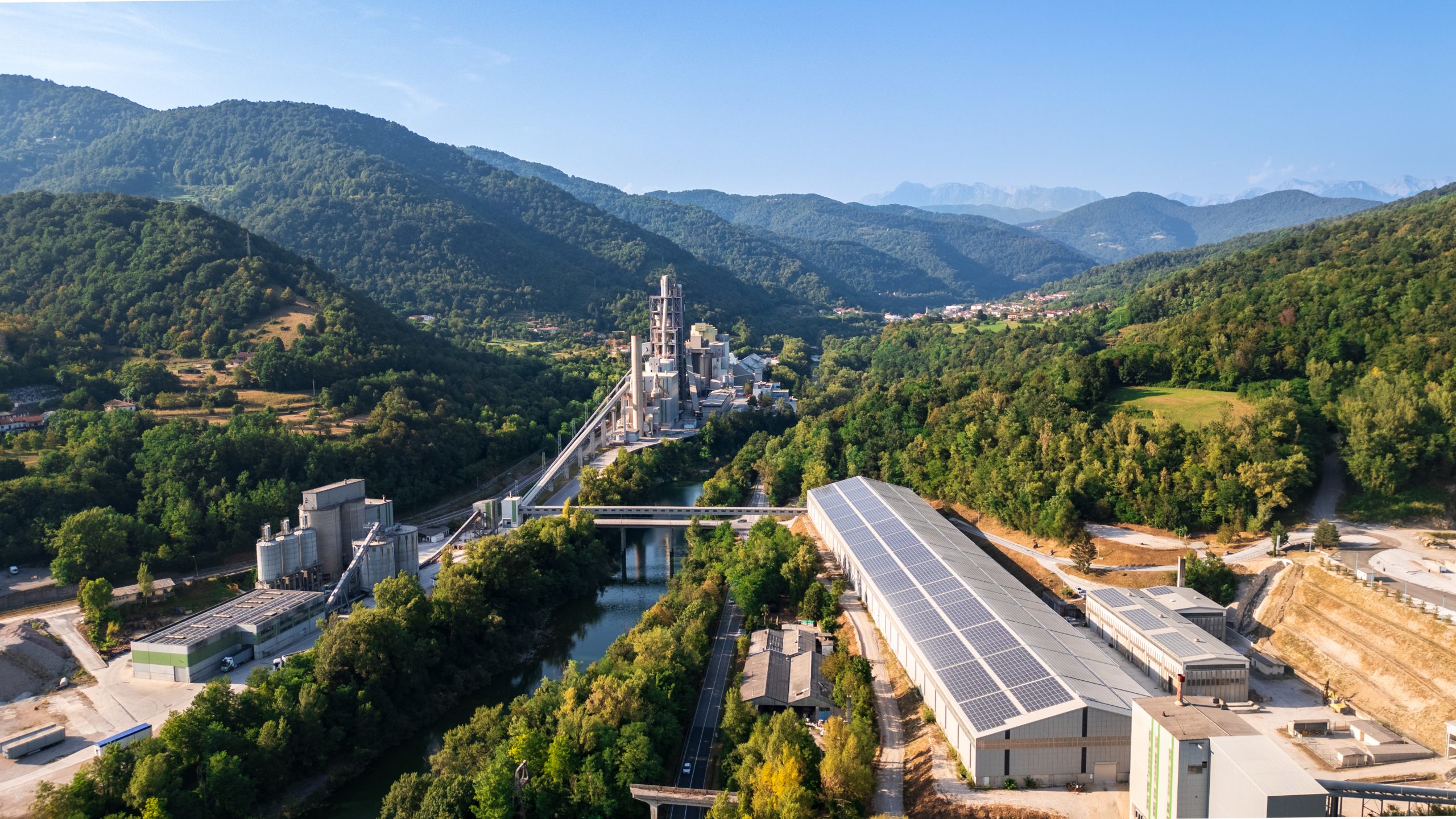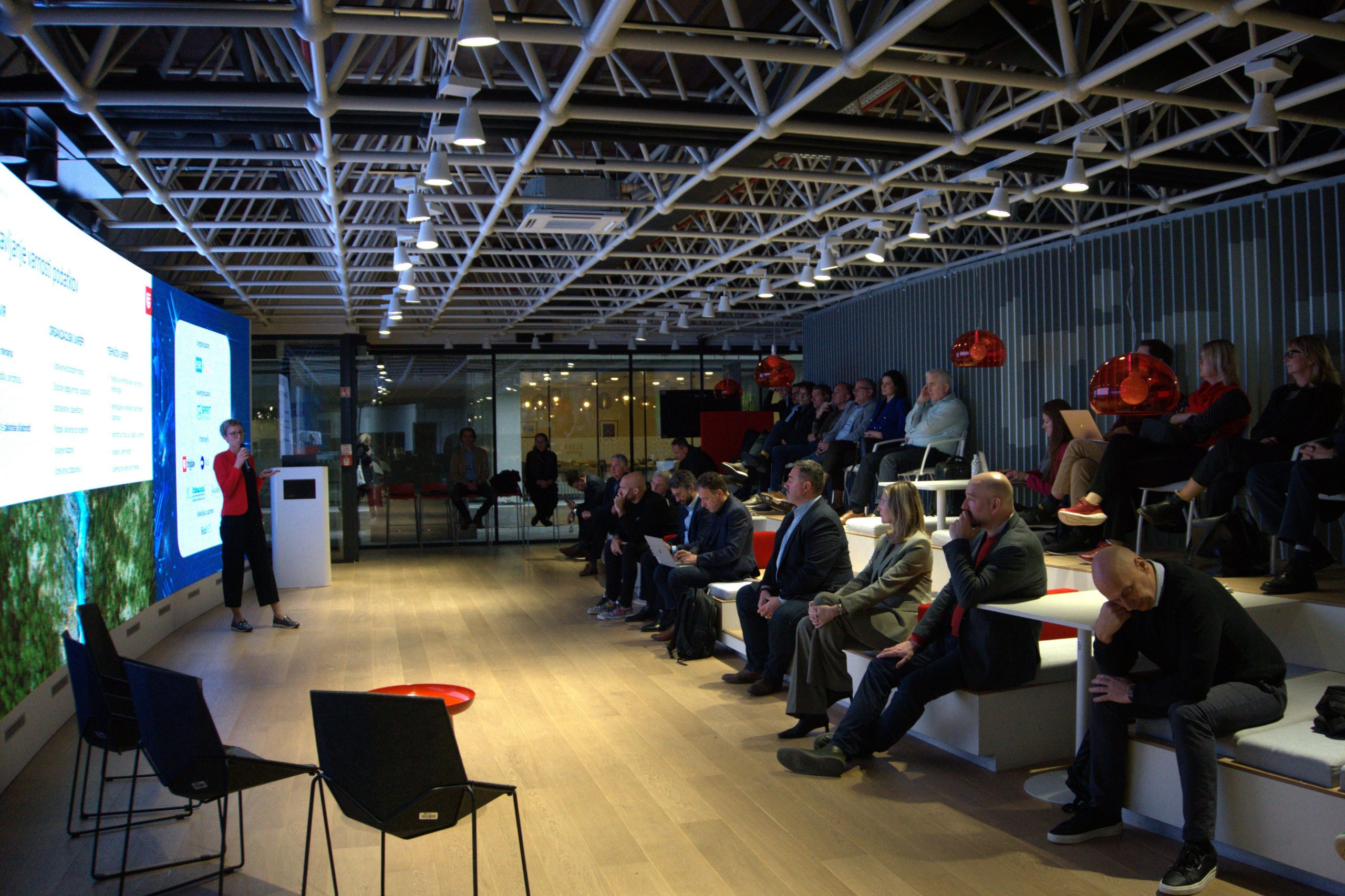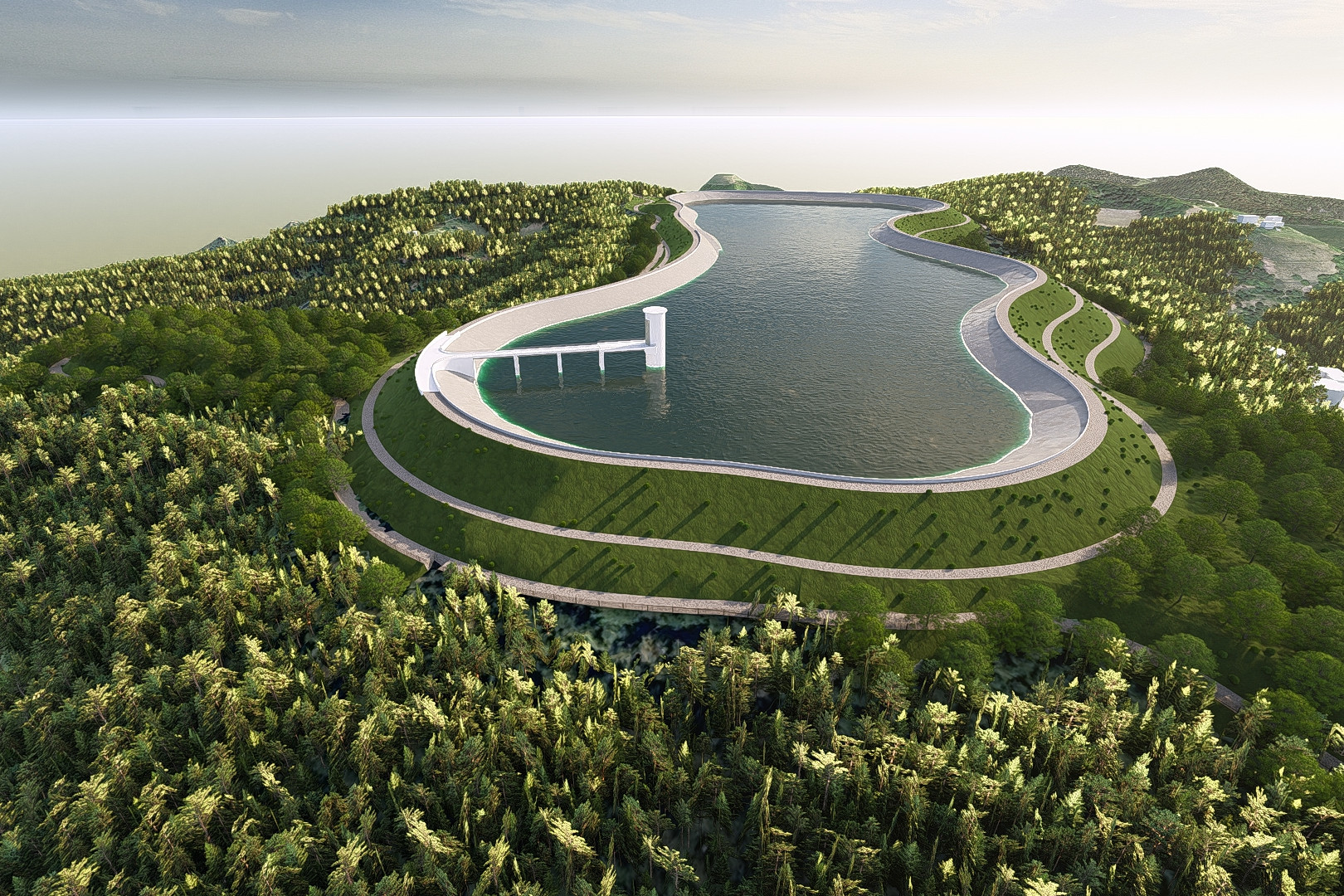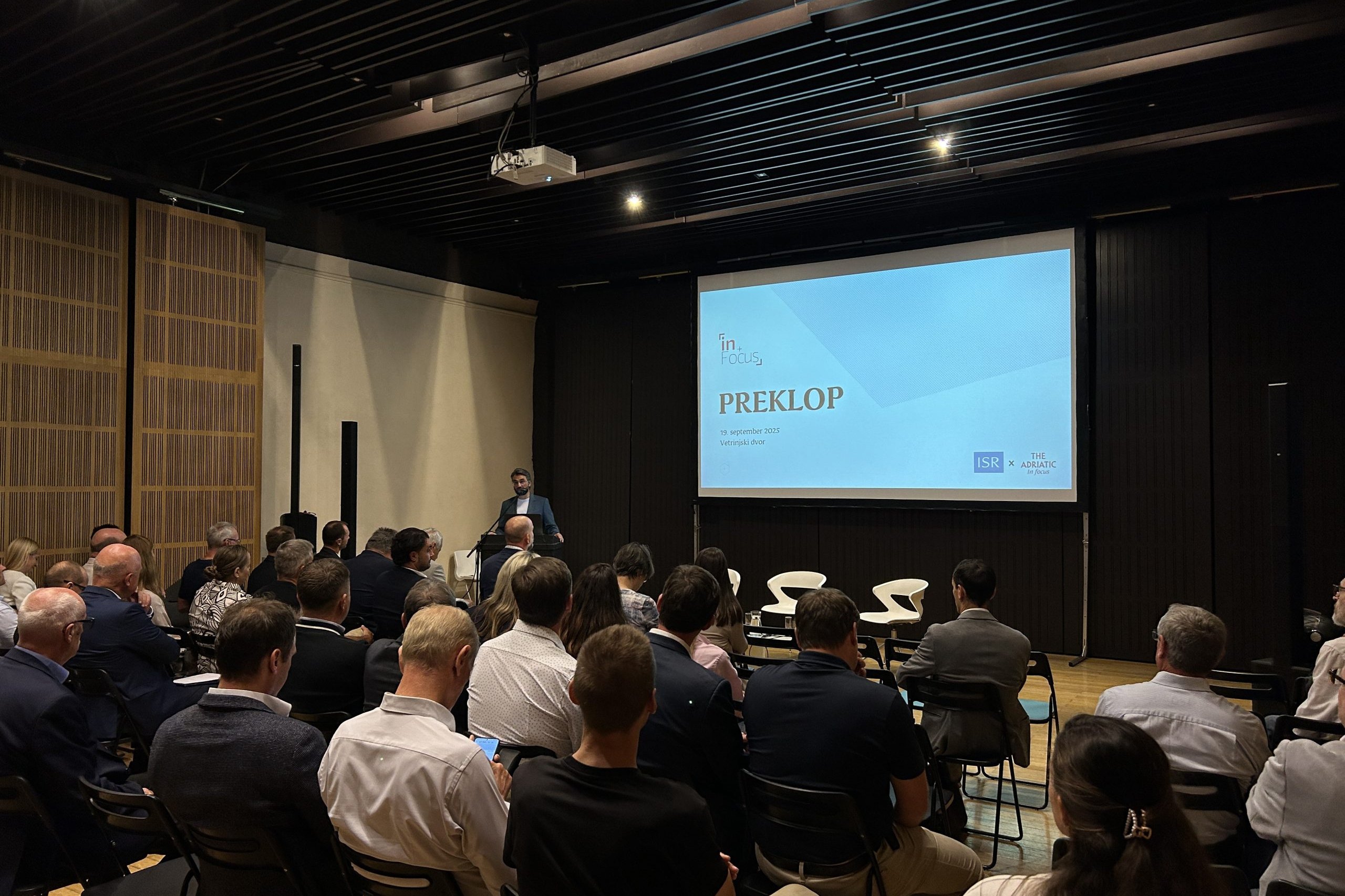Alpacem Cement targets energy efficiency amid Slovenia’s broader transition
Cement production is among the most energy-intensive industrial processes, consuming vast amounts of heat and electricity from quarry to kiln. For Alpacem Cement, d.d., Slovenia’s leading cement producer, improving energy efficiency has become both an operational and strategic priority.
The Adriatic Team
The company reports an annual electricity consumption of around 130 GWh, comparable to that of a small town. To better manage this, Alpacem has introduced an Energy Management System (EMS), providing a detailed overview of energy use across the plant and allowing tighter control of costs and performance.
In parallel, the firm has upgraded its SCADA system for heating and cooling control, enabling more precise regulation and improved efficiency. It is also expanding its use of renewables: its installed solar capacity now totals 3.72 MW, generating about 3,700 MWh of green electricity per year and cutting emissions by roughly 1,682 tons of CO₂. Plans are underway to add another 15 MW of capacity on the industrial site within the next three years.
Beyond renewables, Alpacem is examining waste-heat recovery options for both process heating and electricity generation using an Organic Rankine Cycle (ORC) system.
Lower emissions
Energy efficiency forms a core part of the company’s decarbonisation strategy, which also includes reducing clinker content – the most energy-demanding component of cement – to an average of 72 %, below the European average of around 75 %. The company is also increasing the use of recycled mineral raw materials and alternative fuels, in line with circular-economy principles.
Alpacem is further engaging in carbon-capture, utilisation and storage (CCUS) research, preparing feasibility studies and project documentation for future technology implementation and EU funding opportunities.
“The future of energy self-sufficiency and the transition to a low-carbon economy depend on close cooperation between industry, science, and policymakers,” said Dr Tomaž Vuk, President of the Management Board of Alpacem Cement. “Only coordinated action can deliver effective systemic solutions. For energy-intensive industries such as cement production, a strengthened and predictable regulatory framework is essential – one that promotes the circular economy, the use of secondary raw materials, and provides effective support mechanisms at the national level.”
Alpacem’s activities come at a time when Slovenia’s energy landscape is shifting. According to the Statistical Office, renewables accounted for about 25 % of gross final energy consumption in 2023, while national policies increasingly promote industrial energy efficiency, digital monitoring, and decarbonisation incentives.
As energy costs and regulatory expectations rise, Alpacem’s efficiency programme illustrates how industrial producers are adapting within Slovenia’s evolving energy framework, combining technical upgrades, renewable integration, and circular-economy measures to reduce both costs and emissions.









